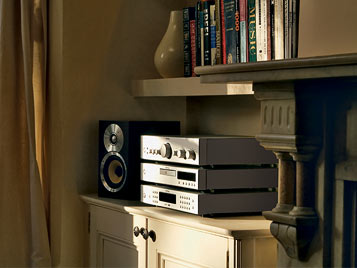All multichannel amplifiers, receivers and processors produce a test tone which can be used along with a sound pressure metre to calbibrate a home theatre speaker system. Some even offer automatic calibration, based on a simple plug-and-play microphone that measures your speakers acoustic capabilities, your room’s size and the relative position of each speaker within that space, before automatically compensating for each variable.

However, should you wish to understand the basics (or simply have a tinker with speaker set-up yourself) here they are. Every audio channel in a 5.1 surround soundtrack is a ‘full-bandwidth’ signal (save for the bass or .1 channel). This means it offers the potential for deep bass from each speaker in the system. To ensure you get the best from each soundtrack, and also to guarantee protection for your speakers when the going gets rough, you can apply a series of filters called ‘bass management’. These redirect low bass from the surround channels to the device which isbest able to produce it, the subwoofer.
For that reason, the first job you’ll need to consider when configuring your system is setting up your surround amplifier or receiver for your particular speakers. It needs to know how many you have, how big they are (and hence how much bass they can, or cannot, handle) and whether you own one, two or no subwoofers. This is done in the ‘speaker set-up’ menu section and usually involves making a straightforward decision between ‘large’ speakers, capable of replaying deep bass, and ‘small’ ones. In some cases, you’ll also be able to enter in a precise crossover value, which will accurately set the point at which your speakers hand over low-frequency responsibilities to the subwoofer: check the manual supplied with your speakers for more details.












